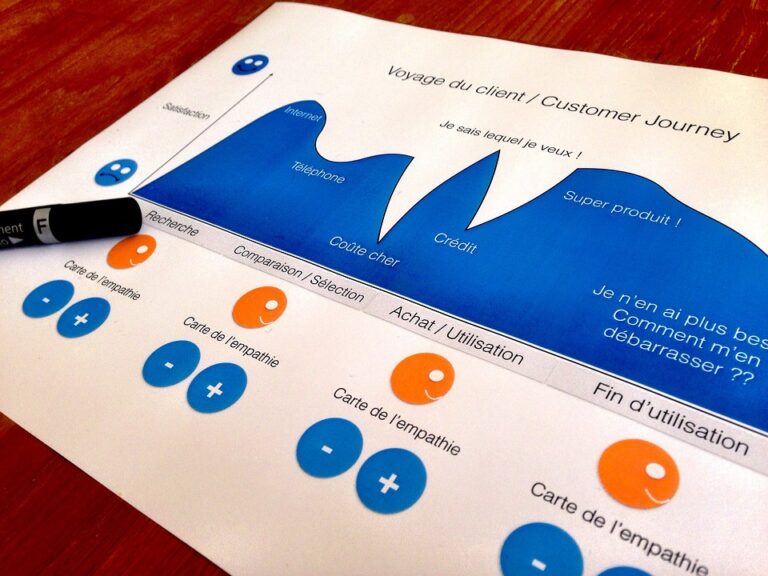Customer journey mapping is a crucial tool for businesses looking to build and maintain customer loyalty. By understanding the various touchpoints a customer interacts with throughout their experience with a brand, companies can better tailor their products and services to meet the needs and expectations of their customers. In this blog, we will explore the importance of customer journey mapping and how it can help businesses create a more personalized and engaging customer experience.
What is Customer Journey Mapping?
Customer journey mapping is the process of visualizing the steps a customer takes when interacting with a brand, from initial awareness to post-purchase support. This map typically includes touchpoints such as website visits, social media interactions, email communications, and in-person interactions. By mapping out these touchpoints, businesses can gain a deeper understanding of the customer experience and identify areas for improvement.
The Importance of Customer Journey Mapping
Customer journey mapping is essential for building customer loyalty for several reasons:
1. Understanding the Customer Experience
By mapping out the customer journey, businesses can gain insights into the various touchpoints that impact the customer experience. This understanding allows companies to identify pain points and areas for improvement, ultimately leading to a more seamless and enjoyable experience for the customer.
2. Personalization
Customer journey mapping allows businesses to create more personalized interactions with their customers. By understanding the customer’s preferences and behaviors at each touchpoint, companies can tailor their products and services to meet the individual needs of their customers, leading to increased loyalty and satisfaction.
3. Building Trust
When businesses take the time to map out the customer journey and address pain points, customers feel valued and appreciated. This leads to increased trust and loyalty, as customers are more likely to return to a brand that provides a positive and personalized experience.
How to Create a Customer Journey Map
Creating a customer journey map involves several steps:
1. Define Customer Personas
Start by defining your target customer personas, including their demographics, preferences, and behaviors. This will help you understand the needs and expectations of your customers at each touchpoint.
2. Identify Touchpoints
Map out the various touchpoints that a customer interacts with throughout their journey, including online and offline interactions. This will help you understand the customer’s experience from start to finish.
3. Analyze and Improve
Once you have mapped out the customer journey, analyze the data to identify pain points and areas for improvement. Use this information to make changes to your products and services that will enhance the customer experience.
FAQs
What are the benefits of customer journey mapping?
Customer journey mapping provides businesses with valuable insights into the customer experience, allowing them to create more personalized interactions, build trust, and ultimately increase customer loyalty.
How often should businesses update their customer journey map?
Businesses should regularly review and update their customer journey map to ensure it remains relevant and reflective of the changing needs and expectations of their customers.
Can small businesses benefit from customer journey mapping?
Yes, customer journey mapping is beneficial for businesses of all sizes. Small businesses can use this tool to better understand their customers and create a more personalized and engaging experience.
Overall, customer journey mapping is an essential tool for businesses looking to build and maintain customer loyalty. By understanding the customer experience and tailoring products and services to meet the needs of their customers, companies can create a more personalized and engaging experience that leads to increased loyalty and satisfaction.
